Star anise or Chinese star anise is the fruit of the evergreen tree Illicium verum. The spice is also commonly known as Indian anise and Siberian anise. In Russia, star anise is called бадьян and in Italy - anice stellato.
The Illicium verum tree grows to about 26 ft (8 m) tall. The leaves of the plant are green, elongated and pointed at the tips. The flowers are whitish, sometimes colored yellow or pale green. The tree gives fruits after its 5th year after it blooms. They look like a star, up to 1 1/4″ (3 cm) wide.
The pods contain 6-10 segments. When the fruits ripen they turn dark brown. Each segment gives 1 seed, later to be used as a spice. These shiny seeds have a reddish or brownish color. The evergreen tree itself gives fruits for nearly a century. The seeds possess a sweet taste and spicy aroma.
Star anise is grown in numerous countries, among which are China, Japan, Vietnam, Cambodia, India, the Philippines. The tree thrives in many regions with a tropical climate.
History of Star Anise
Chinese star anise, as the name indicates, originates from the southeastern Asian regions. In China and Vietnam, the tree grows at altitudes between 1968 ft (600 m) to 4920 ft (1500 m) above sea level. Turns out, star anise is among the spices preferred by Asians and they have been studying its properties and characteristics for a long time. Even before Christ, they used the aromatic seeds in dishes and healing concoctions. The wood of the evergreen tree was used for ship building. That's how the plant came to be called ship anise in some areas.
This Chinese spice was finally brought to Europe many centuries later - in the 16th century. As with most goods not typical of the region, it provoked intense interest in the locals, causing the price to surge significantly. European inhabitants fell in love with the new spice and it quickly found application in folk medicine, as well as cuisine. With a relish, the Europeans put star anise in their baked goods and dishes.
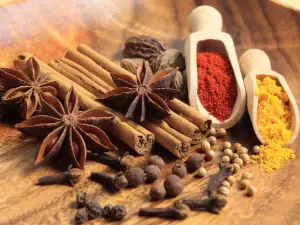
Composition of Star Anise
The composition of Illicium verum is somewhat similar to Pimpinella anisum, also known as anise. The little shiny seeds are a source of anethole, tannins, resins, sugars and others.
Storage of Star Anise
Star anise can be found in most large supermarkets. When buying the spice, take a look at its expiration date because if it is old it will have lost its aroma. Stores offer whole seeds, as well as crushed. If buying whole seeds, you can crush or grind them.
This way you'll get an aromatic powdery substance with a reddish tone. The best way to store it is in closed containers made from natural materials, to be kept in dry and dark areas. When stored properly, the characteristic smell of star anise can be preserved for about a year.
Benefits of Star Anise
The benefits of the shiny seeds are in no way trivial. Use of the product as a healing remedy dates back to ancient times.
Star anise aids in releasing secretions. It has beneficial effects against problems with the gastrointestinal tract and lungs.
It has anti-inflammatory and healing properties; it's recommended for cough, toothache, colic, gas, sore throat, rheumatism. In recent times, the seeds of star anise have been used to make anti-flu medication. Other uses of star anise include using its oil as an insecticide.

Folk Medicine with Star Anise
Asian folk medicine contains numerous remedies with star anise in them. For stomach problems, high blood pressure, coughing, you can take a remedy made from star anise. To make it, get 2 star anise seeds and 2 tsp cinnamon. Grind the seeds and put them to boil for 2-3 min. in 4 1/5 cups (1 L) of water. Add the cinnamon toward the end. Strain the resulting liquid and sweeten it with honey. Optionally, you can add lemon.
Cooking with Star Anise
Star anise is a spice that finds wide application in the culinary world. Ground star anise is used in recipes for sweets, baked goods, jams, jellies, compotes from apples, pears, plums, peaches. It can be successfully combined with spices such as cinnamon, ginger, cloves, vanilla. It also goes well with black pepper, garlic, dill, parsley in salty specialties too.
The spice can be used to season fish, chicken and duck meat, as well as veal and pork. The aromatic seeds are put in vegetable stews and soups. However, it's important not to overuse the spice since when it is fresh it has a strong action. 0.04 oz (1 g) of it can season an entire serving. Star anise essential oil is used in the production of liqueurs.
Dangers of Star Anise
Highly excessive use of star anise in large doses can lead to chronic poisoning.
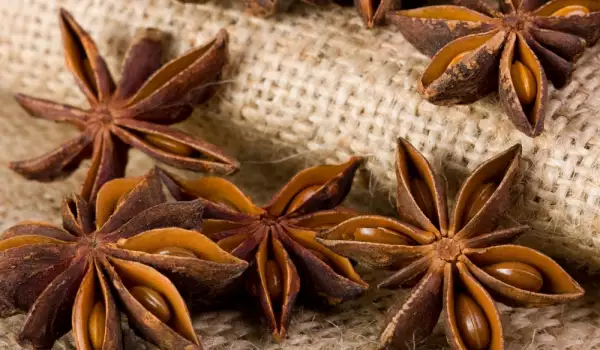
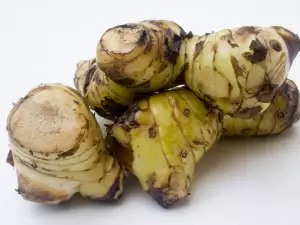
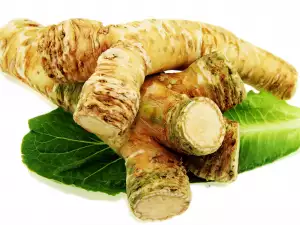
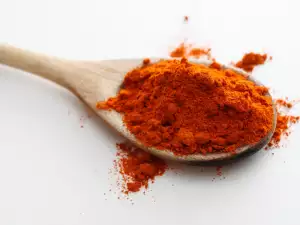
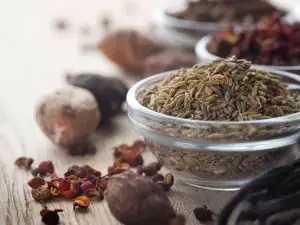
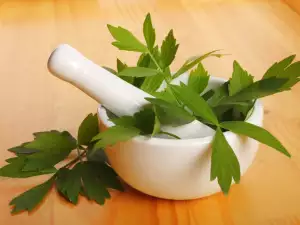

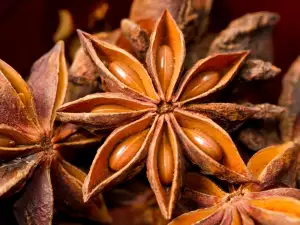
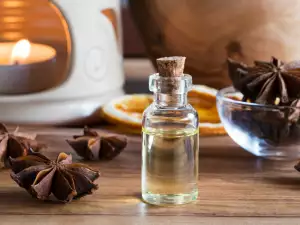
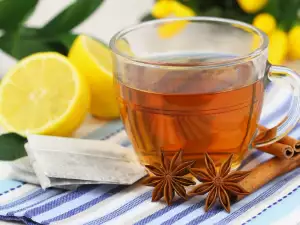


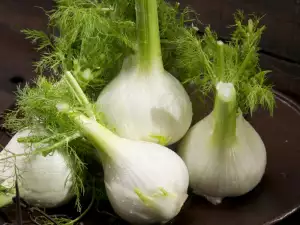






Comments